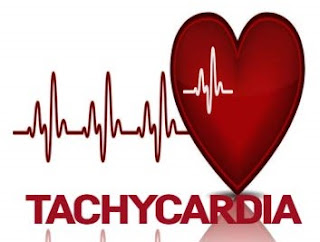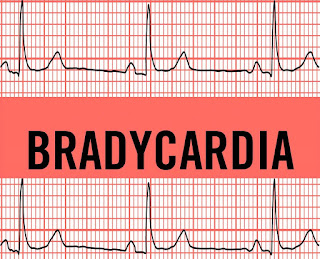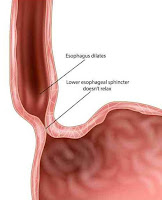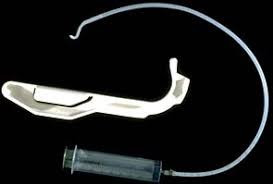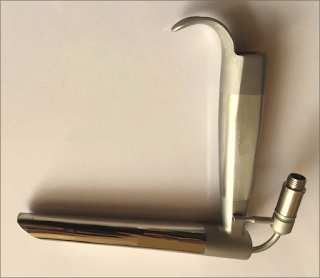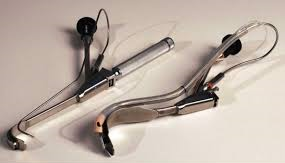Ludwig’s Angina
Definition and Causes:
A rapidly spreading cellulitis of
the floor of the mouth that can be produced by any infection. It involves the
submandibular, sublingual, and submental spaces.
-Gram-positive cocci (usually
streptococci), Staphylococcus aureus, and Staphylococcus epidermidis are now the
most common organisms, but sometimes gram-negative rods or anaerobes are
responsible. In 50% of cases, more than one organism is isolated.
-It is frequently precipitated by a dental infection involving the second and third lower molars, but trauma may be
contributory.
-The condition usually arises from
the teeth, but tongue piercing with metal barbells has provided a novel source
of infection.
-The frequency is generally
decreasing, but there is now a higher incidence in patients with associated
systemic diseases. Antibiotics and aggressive surgical treatment have
dramatically improved the mortality rate.
-Airway management is controversial,
airway compromise develops insidiously, but the actual obstruction is abrupt.
Preoperative Findings:
1. Bilateral submandibular swelling
proceeds to brawny induration of the neck. Although the submandibular space is
primarily involved in Ludwig’s angina, spread into adjacent fascial spaces may
occur.
2. Elevation of the tongue caused by
cellulitis of the floor of the mouth.
3. Dysphagia secondary to swelling,
and trismus.
4. Gradual onset, or sudden, upper
airway obstruction.
5. There is frequently an underlying
systemic condition, such as DM, AIDS, or substance abuse.
6. Other complications include;
bacteremia, aspiration, retropharyngeal abscess, empyema, mediastinitis,
internal jugular vein thrombosis, and pericarditis.
7. Fever, leukocytosis, and
increased ESR.
Anesthetic Problems:
1. Trismus, not necessarily relieved
by muscle relaxants, may make oral intubation difficult or impossible.
2. Sudden total upper airway
obstruction producing hypoxia.
3. Intravenous induction of anesthesia
may be hazardous because it can result in apnea and an inability to maintain
ventilation on a mask.
4. On a prolonged history of dental
sepsis, sepsis may track down through the retropharyngeal space into the
posterior mediastinum, requiring awake oral intubation, ventilatory support,
and an eventual thoracotomy for a thoracic empyema.
Anesthetic Management:
1. Aggressive early treatment with
antibiotics reduces airway problems and the need for surgical intervention.
2. Less severely affected patients
may be managed by close observation but only provided that staff is available
who can manage acute obstruction. Some argue the case for early tracheostomy.
3. Surgical drainage with or without
tooth extraction.
4. Anesthesia for surgery in which
there is trismus, but without compromise of the upper airway:
a) Awake fibreoptic nasal intubation
but with facilities for emergency tracheostomy available.
b) Inhalation induction and
laryngoscopy. If the trismus relaxes and the vocal cords can be seen, a
neuromuscular blocker can be given.
c) Tracheostomy may be required in
the presence of spreading edema.
5. Airway maintenance in the
compromised airway:
-Signs of airway obstruction including;
stridor, dyspnea, dysphagia, secretions, and deteriorating oxygen saturations,
may indicate the need for rapid, active intervention. In these patients,
sedative premedication should be avoided and a drying agent is given.
-If there is significant stridor, a
tracheostomy under local anesthesia may be considered.
-Emergency cricothyroidotomy under
local anesthesia has also been reported.















